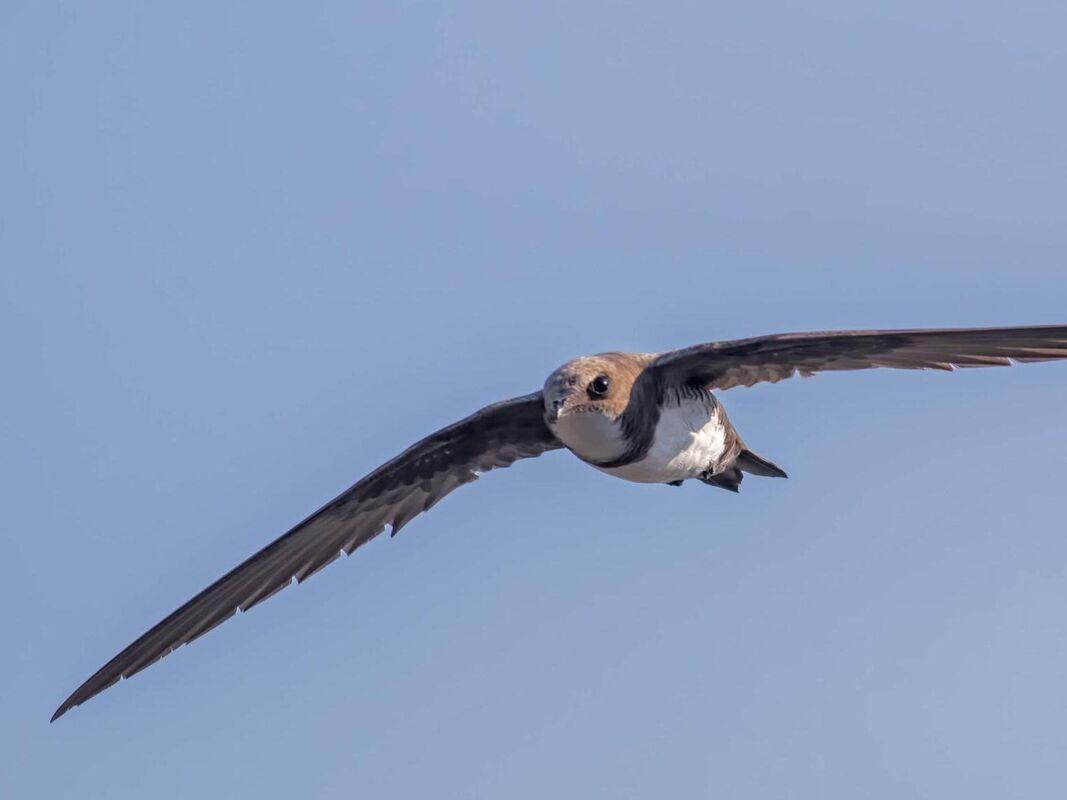A second theme may be travel. I know from personal contact with readers – I've made no secret of where I live – that many have greatly enjoy my articles from La Gomera, our family's second home in the Canary islands. About Gomera, I have written over 180 columns, but I have also written about many other places, islands in the Mediterranean and Aegean sea; islands in the Caribbean; eight islands in the Canaries; many in Indonesia, including Java, Gili Islands, Lombok; about Japan; India and Sri Lanka; Namibia and Ethiopia; Thailand, Cambodia, etc.; and about arriving in New York at dawn off a flight from London and, sleepless, heading for Central Park in the pre-dawn light to hear the dawn chorus and see the joggers jogging and the ragged sleepers on the benches waking in the new day.
There were tales to tell about all and every place I've visited; some may make entertainments worth revisiting.
For today I'll begin at home. Readers grieve, and so do I, the ongoing disappearance of familiar sights in nature in West Cork. It’s not just the often-heard lament "Driving on summer nights, I no longer see a single insect smathered on my windscreen where, not so long ago, there would be dozens" or "Where are that mackerel gone that used to swarm into the bays in summer?" or "The white barn owls we'd see at night, where are they?" Absent now are many creatures that were common. William Wordsworth wrote the immortal line "Turn wheresoe'er I may, By night or day, The things which I have seen I now can see no more." He was lamenting the loss of childhood and the innocent vision of the child. Now, for children – and for ourselves – much that mankind loved and respected in nature in our country can no longer be found. Herewith, an example of these sights as recorded at the time....
West Cork frogs all over the roads
First published February 25, 1992
The grass on the lawn is bolting, daffodils are blooming, tadpoles are swimming and we've had no winter in West Cork.

Can this continue? I have friends arriving this weekend; it's their first time in Ireland. Naturally, I'd like them to see the place at its best. Also, I've regaled them with tales about life on the Irish Riviera.
Two weeks back, we found frog spawn in a forest up at Coolkelure, near the source of the Bandon River. This isn't early, although temperature does count, and our Cork and Kerry frogs are likely to spawn earlier than those in Donegal. Some tadpoles were already out of the jelly and swimming, their little tails propelling them around the pool. The body is smaller than a matchhead. One marvels at the tiny engine that can keep them whizzing about at such a rate of knots!
Strangely enough, one is likely to find the first frog spawn on higher land; not on mountains but at heights up to, say, 800 feet. One would think these pools would be colder and more liable to ice over. Ice doesn't actually matter; spawn can be frozen and thaw and survive. Frogs have been seen swimming and spawning underneath the ice. Also, hopping about on top of the ice and trying to find a way under it to lay eggs.
Once the urge is on them to breed, there's no stopping them. Warm, rainy nights favour migration to the ponds.
I remember driving home to Bantry from Ballydehob on what must have been frog-tupping Sunday. Frogs were everywhere hopping along the road, with quite a number of them squashed by cars. My daughters grew quite upset. Talk about helping old ladies across the road - they insisted that every time the headlights picked up a jumping frog, I should stop and let them help it off the tarmacadam. Being in no hurry, I let them. It was a very slow drive home. Then, one of my sons returned from a foray with five heavy croakers hammocked in his ganzie. He put them into the wash hand basin in the rear; we had a VW Camper at the time. When we arrived back in Bantry and set about releasing them, we found two pairs firmly 'stuck together'. Little did they care about riding in a closed sink in a German camper. The urge was on them, and such niceties were ignored.
At spawning time, the male actually develops gripping thumbs to hold the female and joins his hands around her body. Other males will try to dislodge him; he kicks out with his powerful back legs. He sits on the females back ready to impregnate the spawn as soon as she produces it. Sometimes, she will carry him on the migration - nice for him! Until the eggs are laid and fertilised, he won't release his hold. Fertilisation must take place immediately the eggs appear before they swell in the water and become impregnable to the sperm. A female lays as many as 4,000 eggs; the male will breed with many females. Yet, frogs are on the decline. Breeding ponds are poisoned by fertiliser and silage run-offs and by acid rain. Twenty five percent of a frog's diet is slugs, so they are friends of the gardener and farmer.
The same breeding ponds are used year after year. Deep water is avoided; usually the pools are shallow and exposed to the sun. This promotes algae, the tadpoles' first diet. Breeding will be delayed until algae grows and this sets back the date of spawning more than the temperature.
There are thousands of birds out on the estuary. When our friends fly in, I hope they're as lucky with the weather!
